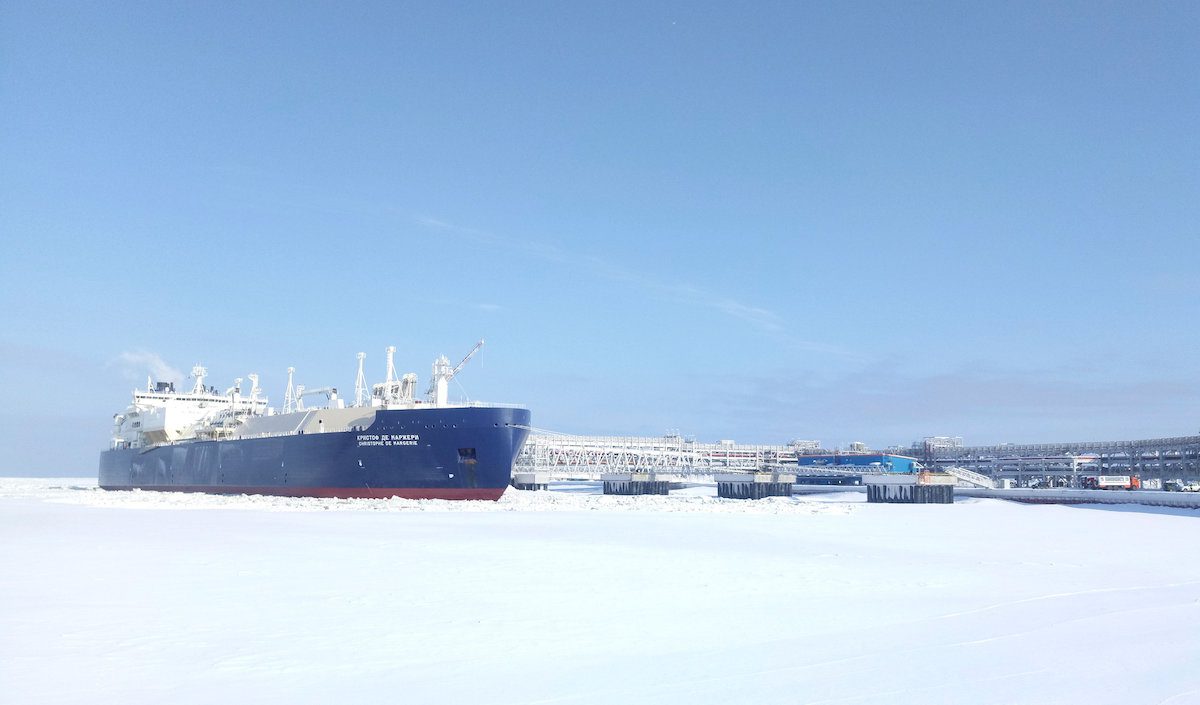By Zoe Schneeweiss (Bloomberg) —
Low water levels in the Rhine river may have a similar impact on German economic output as they did in 2018, according to Berenberg.
That was the last year in which the river — a key waterway that’s critical for moving coal, car parts, food and thousands of other goods — experienced a “dry year,” economist Salomon Fiedler said Wednesday in a report to clients.
Citing analysis by the Kiel Institute, he said that in a month in which water levels are below the 78 centimeter (31 inches) threshold every day, German industrial production is “about 1% lower than in a month with no low-water days.” Delayed effects in the following month brings the overall impact to about 1.5%.
“Repeating the institute’s work with more recent data, we estimate a similar impact” this time, Fiedler said.
Europe’s Most Important River Is Running Dry as Glaciers Shrink
Still, the situation is slightly different than four years ago, as Germany is already heading toward a recession that may curb industrial production and, in turn, the need for shipping. Industry accounts for about a quarter of the country’s output.
At the same time, persistent supply-chain bottlenecks linked to the pandemic and the war in Ukraine have led to depleted inventories and the “ability of firms to absorb delays in transportation is probably more limited than normal,” Fiedler said.
Millions of tons of commodities are shipped up and down the Rhine, which flows for roughly 800 miles (1,300 kilometers) from Switzerland to the North Sea.
The water level at the river’s key Kaub bottleneck was at 77 centimeters on Monday — the lowest seasonally since at least 2007. If it drops another 37 centimeters or more, it becomes uneconomical for barges carrying commodities to sail past this point, according to Joerg Belz, a representative for Germany’s Federal Institute for Hydrology.
© 2022 Bloomberg L.P.

 Join The Club
Join The Club











